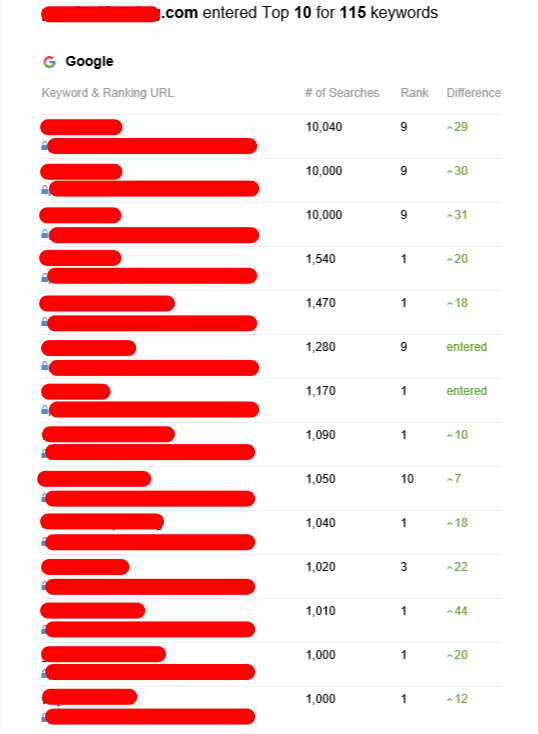Why Tier 2 Backlink Is A Lot More Hazardous Than You Thought

Backlink Tier - The Hierarchy of Backlinks That Scale Your SEO Campaign
Backlink tier is the hierarchy of backlinks that you construct to scale your SEO campaign. Each level gives you an extra layer of protection against Google's penalties.
In order to get it right it will take lots of effort and time. Google takes weeks to discover and assess new backlinks.
First-Tier Links
These links should be of a high standard and dofollow from reputable websites. These links are referred as Tier 1 backlinks, and they form the basis of your link-building strategy. They give your website enough authority in the domain for it to rank well on results pages of search engines. If, for instance, your blog article was published on HubSpot and contained a tier-one link to SearchEngineLand’s compilation of Link Building Statistics then SearchEngineLand’s website rankings will benefit from the link equity HubSpot gave away.

The second tier of backlinks may be a little more diverse and can contain low-quality sites, like spammy forum posts or low-quality bookmarking websites and directories. However, the main goal for Tier 2 is to produce high-quality content that is linked to your first-tier links. This is because quality content will enrich the article it is placed in, and not stand out as a unique addition for SEO purposes.
To create an effective tiered link building program, you'll need to put your money in the creation of quality content and using tools such as RankerX or GSA. However, the time and money that goes into manually performing the tiered link building process could be worth it in terms of the ranking benefits that come from a properly-structured backlink pyramid.
Second-Tier Links
Tiered link building is intended to allow users to navigate through external pages and then get to your site. It is essential to select relevant second-tier backlinks sources that are relevant to both your business and your website for this to work. Blog posts from guest bloggers are more effective in this regard than account profiles as they provide content that users will want to consume.
You should be cautious about using tier-2 links on forums or other sites that aren't of high quality. Instead, look for pages with high-quality content, such as industry news or guest posts. These links appear more natural and will have a greater effect on your search engine rankings. They're also more likely to be regarded as having acquired link equity from Google which could increase the value of their rank in SERPs.
If you're looking to improve your SEO rankings, you should be aware that getting these high-quality links manually isn't easy. It can take months to solicit guest blog posts from first-tier publishers and even longer to wait for them to be published. Additionally, it may take weeks to see the results of your efforts in increasing traffic to your site and conversions.
Many SEOs employ automated tools to build second-tier backlinks. However, this method can be in violation of Google's Webmaster guidelines and can result in a penalty.
Third-Tier Links
This level contains a huge amount of links, some of which are borderline-spam. They are shared on social media platforms, as well as on user-generated content sites such as Quora. They help with the indexing of tier two links but don't give any link equity to the resource being promoted. They are typically nofollow links. At this point marketers concentrate more on quantity rather than quality. They use tools to post an enormous number of links on forums, in comment sections of articles, blog posts, in directories and in other similar places. In this scenario, tiered link-building becomes a gray zone that is in violation of Google's webmaster guidelines.
Link-building campaigns, which are classified as require a significant amount of effort and time to be successful. Google can take months or even days to rank a backlink. It can take weeks or months to see the SEO effects. Therefore, marketers must be patient and implement a well-thought-out content strategy.
Marketers should avoid using excessively automated tools for this kind of linking. They can be in violation of the rules of search engine optimization and lead to penalties. It is recommended to manually choose and post hyperlinks on relevant donor websites instead of using automated systems like GSA or RankerX. This will prevent search engines from penalizing you for low-quality links.
Fourth-Tier Links
Tiered link building remains a popular technique for increasing higher rankings for websites. However it is now that Google has made substantial efforts to eradicate "black hat" SEO practices, tiered linking techniques have suffered a blow.
They are considered to be gray-hat SEO techniques and can be penalized for their artificial use. Tiered backlinks are backlinks constructed on various levels of a pyramid. These backlinks are mostly used to improve a site's rank in search results. This way, the promoted web page will rank higher than competitors and get more organic traffic.
The quality of the backlinks in this tier goes an eminent decline, and they are usually nofollow. Additionally the tier can comprise low-quality social media profiles, directories and article networks. These links can be made by hand or through intelligent automation tools, but they must be varied in terms of the domains relevant to them, their niches, and.
These backlinks, in addition to being low-quality and nofollow could also create problems if they aren't diversified enough. Google has a group of highly-trained hounds who constantly search for patterns and techniques in backlink profiles. If they are found they could trigger sanctions not just for the link-building team but also for its clients.
